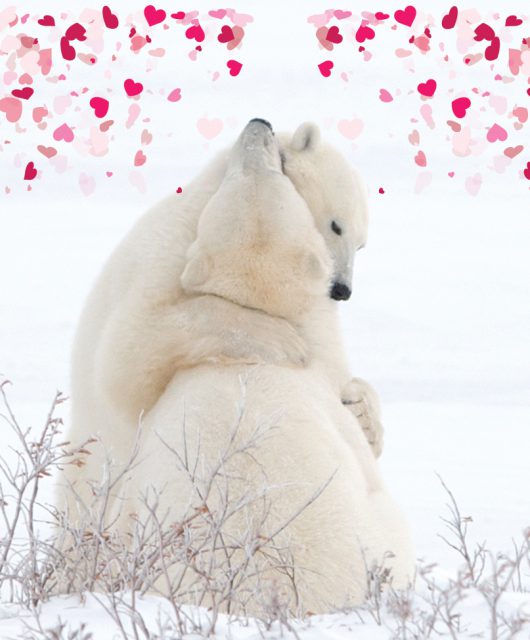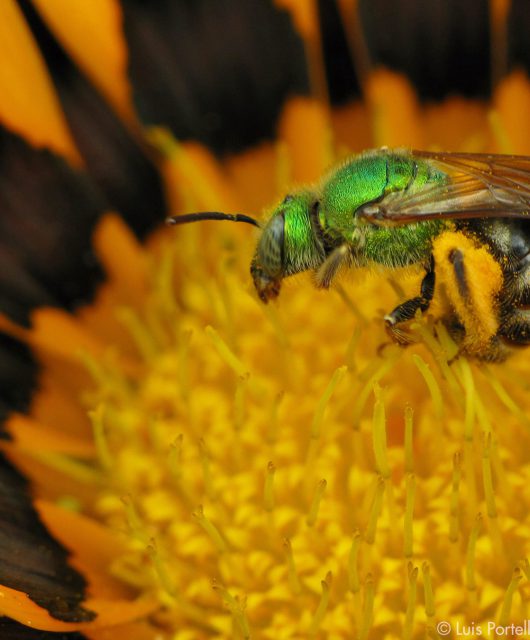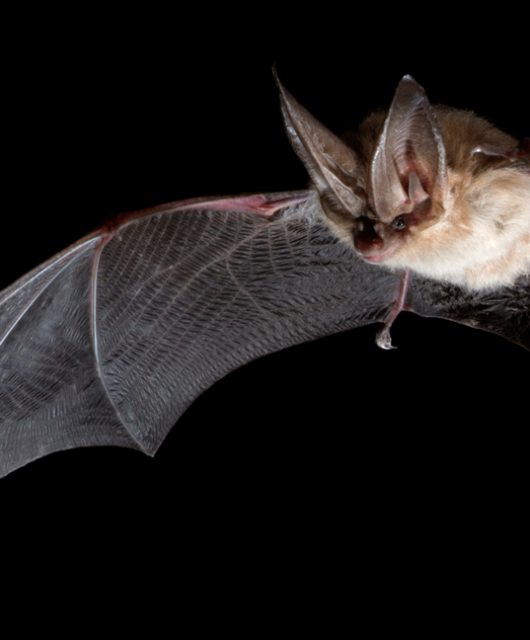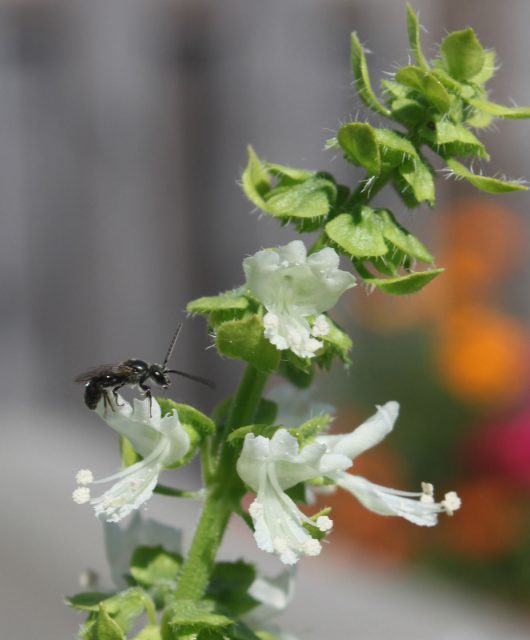Your Mission, Should You Choose to Accept It…
Welcome back to our year-long operation to engage Canadians in supporting wildlife and habitat conservation – Mission Biodiversity!
Your mission this month is to intercept invasive species, another one of the five biggest threats to biodiversity. Together we’ll answer the questions: Why do native species matter? What impacts do invasive species have? And how can we intercept them before they can have a negative impact on biodiversity?
Why do Native Species Matter?
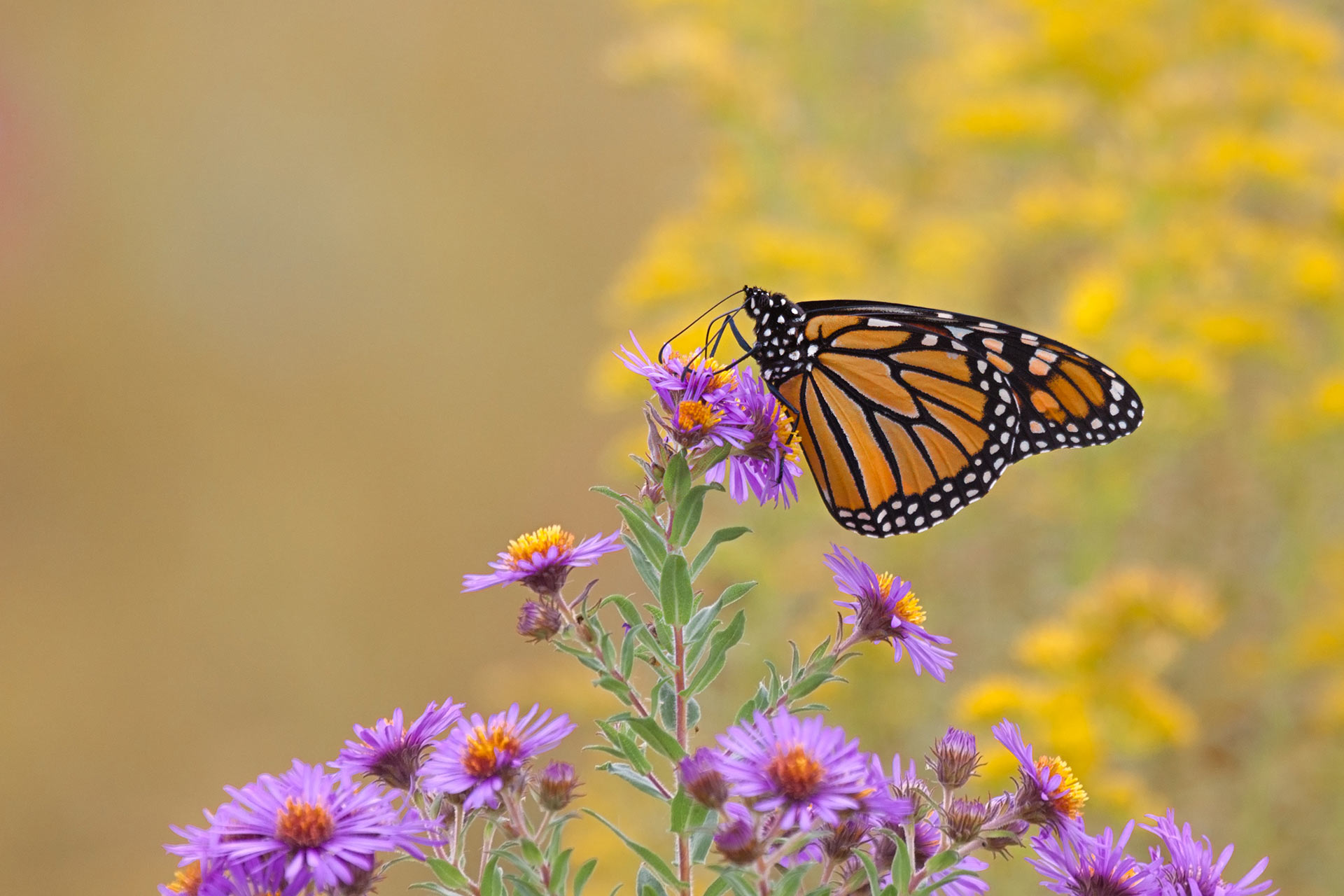
Native species naturally occur in the ecosystem where they live, having evolved over time alongside other plants and animals to create a balanced food web.
We can think of native species as nature’s superheroes! Native plants and animals have evolved special superpowers to fill important ecological roles, like providing habitat, food, or beneficial services to other native species and ecosystems. For example, native grasses have deep roots that reach the water table, anchoring the soil and allowing them to grow and provide food and habitat for other species even during times of drought.
Check out the following educational activity and resources to learn more about the difference between native, non-native, naturalized, and invasive species, and identify some native and non-native species that live in your area.
- Friends or Foes? – Compare native and non-native species, then participate in a debate about the differences between them, including their positive and negative effects.
- Learn about native and invasive plants in your community with the CWF Native Plant Encyclopedia and CWF Invasive Species Encyclopedia.
What Impacts do Invasive Species Have?
Invasive species are animals and plants that have been introduced or have spread into an environment outside their normal geographic range (either intentionally or accidentally), and that cause ecological and economic harm.
Without the predators, competitors, and diseases they left behind in their home environments, they have an unfair advantage over native species and their populations can explode as a result. This influx of invasive species can lead to a decrease in biodiversity, and in the overall health of an ecosystem.
So how do invasive species spread to new environments?
- Through Human Activities – People play a big role in the spread of invasive species through activities such as international shipping, recreation, and the accidental or intentional release of garden plants, exotic animals and pets.
- Through Natural Means – Invasive species are also spread through natural vectors, such as wind, water and wildlife.
- Through Climate Change – As environmental conditions change, species that couldn’t previously survive in certain areas are now able to. The range of Mountain Pine Beetles, for example, is expanding northward because warmer winters have created more favourable conditions for survival. As a result, they are infesting and killing pine trees in new areas, impacting biodiversity and habitats.
Check out the educational activities below to look closer at how invasive species are spread and to understand their impacts on local wildlife and habitats.
- Accidental Travelers – Play a card-matching activity to learn how human activities accidentally transport invasive species into ecosystems.
- Assess the Mess – Research the presence of native and non-native species in your area, survey a local nature site and consider the effects of non-native species on local plants, wildlife and habitats.
How Can We Intercept Invasive Species?
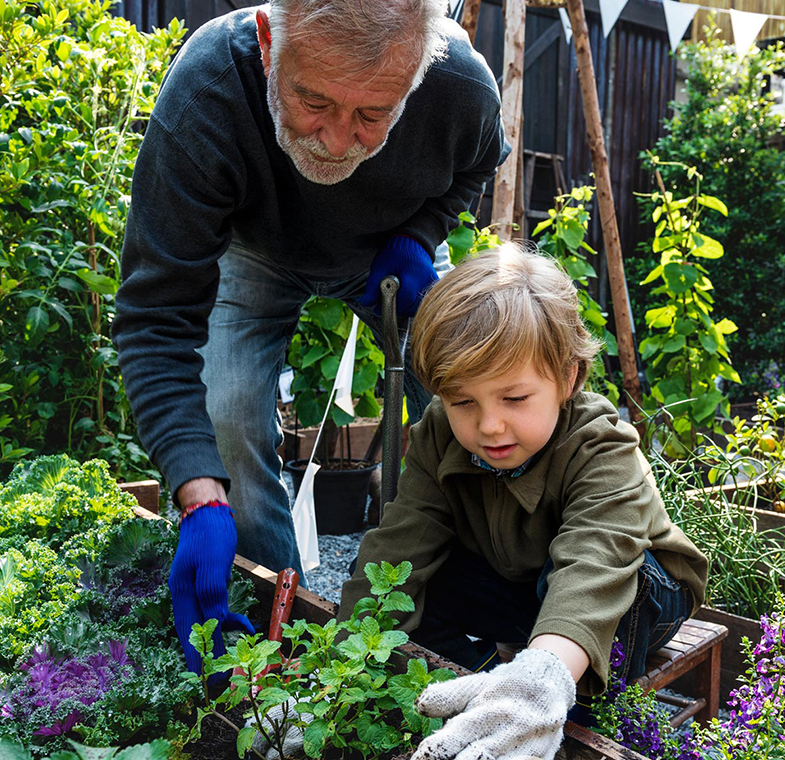
So what can we do to help intercept invasive species and support native biodiversity? Invasive species management happens in four stages:
- Prevention – Stopping the arrival of invasive species. Public awareness is key!
- Eradication – Removing an invasive species population in its entirety.
- Containment – Reducing further spread of an introduced species.
- Long-term control – Focusing on limiting invasive populations and protecting remaining resources.
While all four stages are important, prevention is by far the most impactful and cost-effective thing we can do. If invasive species are allowed to spread unchecked, it becomes very challenging and expensive to control them and prevent them from negatively impacting biodiversity over the long term.
Check out the following educational activity to learn more about each of these stages of invasive species management and develop a project plan to help intercept invasive species in your local area!
- Set the Restoration Cycle in Motion – Develop and take steps to implement a strategic plan to prevent the introduction and spread of invasive species, control their populations, monitor their presence, and restore native wildlife and habitat.
Here are some action ideas to help you get started in developing your plan:
- Plant a native plant garden – Check out Gardening for Wildlife, Plant a Butterfly Garden, and Helping Canada’s Pollinators in the Garden for tips!
- Join a local weed pull or habitat restoration event – Visit your local conservation authority or land trust website to discover opportunities to participate in invasive species removal and habitat restoration in your community.
- Learn and practice PlayCleanGo steps – Help stop the spread of invasive species during your outdoor adventures.
- Report invasive species – Use these tools from the Canadian Council on Invasive Species to report those you see in your community.
- Adopt a Monarch Butterfly – Monarch butterflies feed exclusively on milkweed, which has been disappearing across Canada and the USA due, in part, to invasive species like swallow-wort (AKA dog-strangler vine). By symbolically adopting a Monarch Butterfly, you’ll help fund projects across Canada that provide habitat for Monarchs and other pollinators.
Mission Complete!
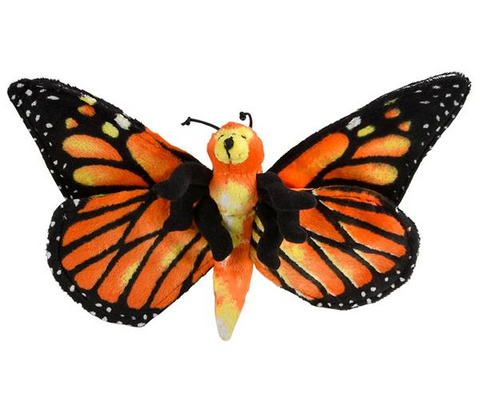
Once you and your students have completed this mission, you can download our printable page of mission badges in recognition of their learning. Pass these badges out to students to mark their progress throughout Mission Biodiversity and celebrate the actions they are taking in support of wildlife!
Get Your Mission Badge
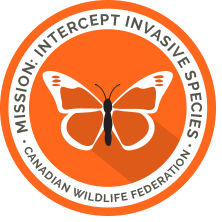 Download >
Download >
Want to stay up to date with Mission Biodiversity? Sign up here to receive the next mission right to your inbox!

